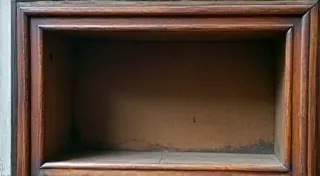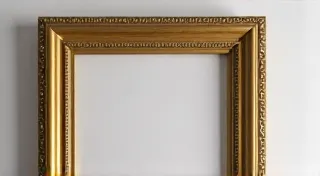The Paper Spine of History: Examining Perforations as Narrative Clues
There’s a profound quietude that descends when you hold a vintage postage stamp. It's not merely the silence of paper, but the hush of countless stories held within a tiny, perforated square. We, as collectors – as philatelists – are not simply accumulating pieces of paper; we are custodians of fleeting moments, miniature windows into the societies that birthed them. And often overlooked, yet deeply significant, are the perforations themselves – the tiny, precisely-cut holes that frame the image, the "breathing spaces" of the stamp, whispering tales of evolving technology and shifting cultural values.
My own journey into this captivating world began, as so many do, almost by accident. A box of my grandfather’s belongings contained a small album, its pages filled with these vibrant relics. He's long gone, but holding that album feels like a direct line to his presence. I didn't understand the intricacies of stamp collecting then. It felt like a dusty, academic pursuit. But as I began to notice the differences – the varying distances between the holes, the subtle imperfections, the shifts in pattern – I realized these weren’t just random features. They were clues. They were narratives woven into the very fabric of the stamp itself.
The Dawn of Perforations: From Hand-Cut to Machine Precision
Prior to the mid-19th century, stamps were often cut roughly from sheets, creating a ragged and unpredictable edge. The introduction of perforations was revolutionary. Initially, perforations were achieved through laborious hand-cutting, a process prone to error and resulting in inconsistent patterns. Early British stamps, for example, demonstrate the rustic charm of this era – sometimes uneven, sometimes slightly misaligned. These imperfections, rather than detracting from their appeal, are often treasured as evidence of their handmade origins. Imagine the artisan, hunched over a sheet, meticulously using a hand-operated perforator. Each stamp was a testament to skill and patience.
The advent of the platen machine in the 1850s marked a turning point. This invention allowed for more precise and uniform perforations, setting a new standard for stamp production. Suddenly, stamps could be produced on a much larger scale, and the quality was significantly improved. The shift wasn's solely about efficiency; it was about the growing industrial age stamping its mark – literally – on every aspect of life. The uniformity brought about by the machine, while offering benefits in terms of postal handling, also subtly diminished some of the individual character that marked earlier issues.
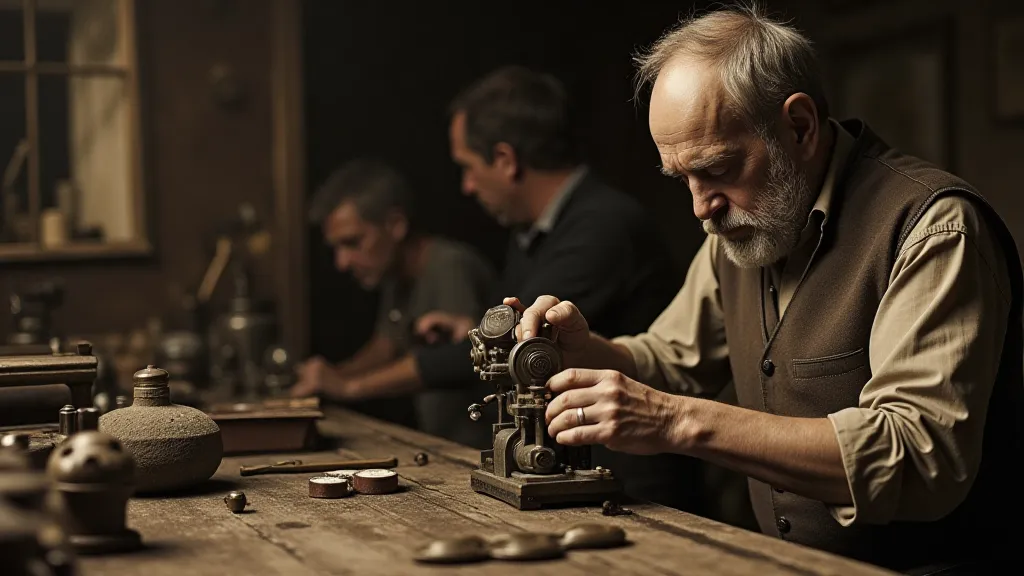
Decoding the Patterns: More Than Just Holes
The number of perforations per side (often referred to as “perfs”) isn’t merely an arbitrary detail. It became an indicator of the issuing nation's technological capabilities and standardization efforts. While most countries adopted patterns like 12 x 12, 14 x 12, or 11 x 12, variations existed and tell their own stories. For example, the infamous “grilled” stamps of 1869 America, a misguided attempt to combat forgeries by imprinting grill patterns into the paper, fundamentally altered the perforation’s appearance, creating tiny indentations that added another layer of complexity. These grills, initially intended as security measures, ironically became highly desirable collector’s items.
Furthermore, the spacing between perforations, or the “gauge,” can reveal valuable information. A narrower gauge often indicated a cost-saving measure – less paper wasted per stamp – while a wider gauge might suggest a desire for more robust handling. Examining these details requires a keen eye and a knowledge of the era and the country of origin. It’s a puzzle, a constant unraveling of historical context through tiny, meticulously-cut holes.
The Cultural Echoes in the Perforations
Beyond the technical aspects, the patterns themselves sometimes hint at cultural shifts. The move towards smaller, more compact designs in the early 20th century reflected a broader trend toward efficiency and streamlined aesthetics. The vibrant, Art Deco-inspired designs of the 1920s and 1930s often incorporated elaborate borders and perforations that complemented the artistic flair of the era. Conversely, the austerity of wartime stamps often resulted in simpler, more utilitarian designs with minimal ornamentation.
I recall a particularly moving discovery: a collection of stamps from a small, war-torn nation, their perforations noticeably irregular and damaged. They weren’t flawed; they were scarred by conflict. Holding those stamps felt like a profound connection to the people who lived through those turbulent times – a silent testament to their resilience and their loss. The imperfections weren’s detracting features; they were emblems of survival.
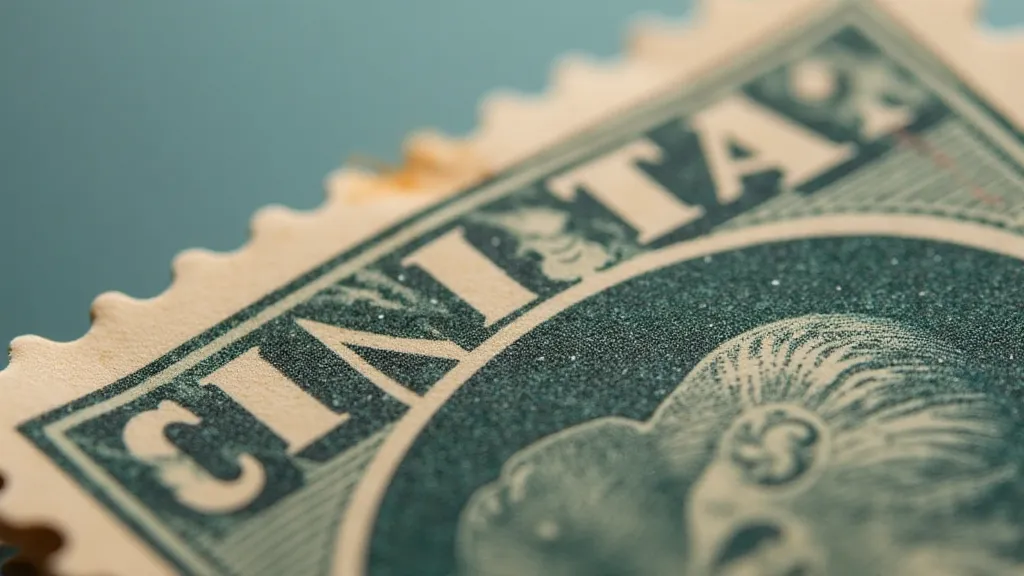
Preservation and Collecting: Respecting the Story
Preserving these tiny narratives requires careful handling. Improper storage can damage the perforations, causing them to tear or become detached. Mounting stamps in albums with archival-quality materials is essential. Avoid using harsh chemicals or adhesives that can degrade the paper. Remember, we're not just collecting pieces of paper; we're safeguarding fragments of history.
For the serious collector, scrutinizing perforation varieties – subtle variations in pattern or gauge that arose from printing errors or experimental techniques – can be a rewarding pursuit. These varieties, often extremely rare, are highly sought after by specialists and can command significant prices. But the true value lies not in monetary gain but in the thrill of discovery – the satisfaction of uncovering a hidden detail that sheds new light on a bygone era.
I’m often asked, "What’s your most prized stamp?" It's not the most valuable one, or the rarest. It's the one with the most compelling story etched into its perforations. It’s a tangible link to the past, a silent witness to the ebb and flow of human events. It’s a reminder that even the smallest details can hold the greatest significance.
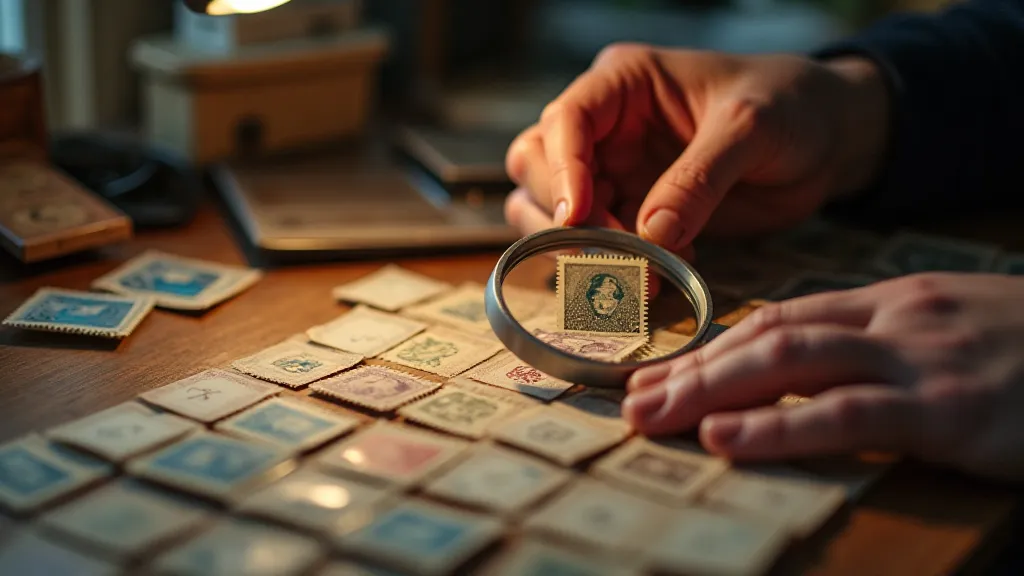
So, the next time you hold a vintage postage stamp, take a moment to appreciate the perforations. Look beyond the image and see them as more than just holes. See them as clues, as narratives, as fragments of history waiting to be discovered. Listen closely, and you might just hear the whisper of another time.


